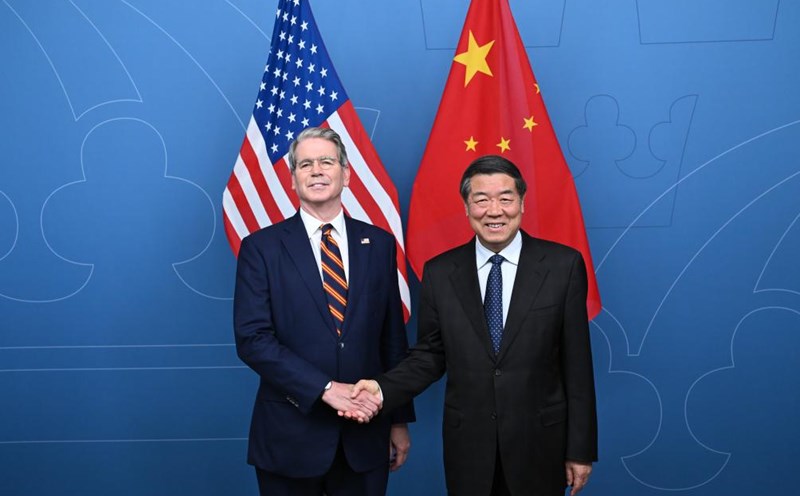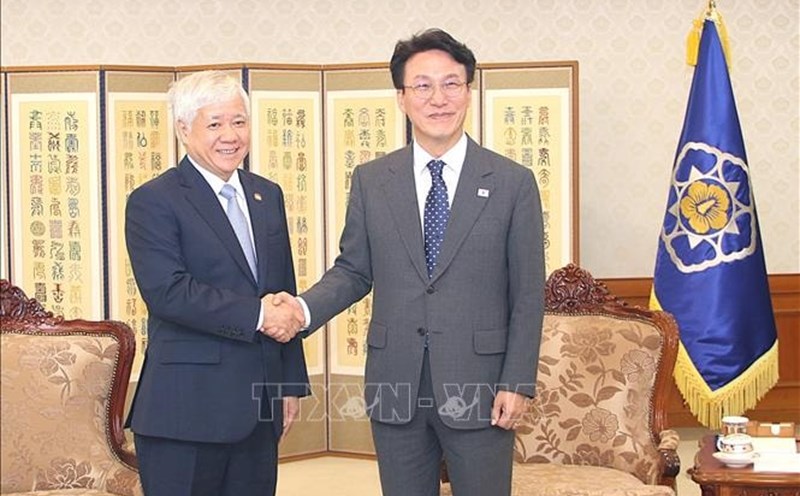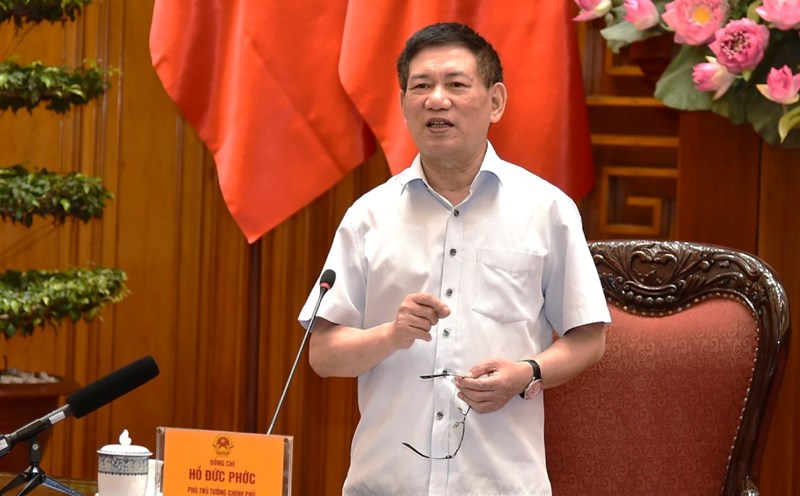In a post on the social network Truth Social on July 30, President Donald Trump declared: "The agreement is that South Korea will spend $ 350 billion to invest in projects in the US that I - as President - have chosen."
Goods from South Korea faced a counterpart tax rate of 25% in April before Trump temporarily suspended tariffs on dozens of countries. The suspension is set to expire on August 1.
However, the new 15% tax rate is still higher than the 10% minimum tax rate of South Korea and dozens of other countries that have been taxed since April.
Even at current levels, Mr. Trump's tariffs have hurt the Korean economy, with the gross domestic product (GDP) in the first quarter of this year unexpectedly falling by 0.1% compared to the same period last year, the first decrease in 4 years. The 25% tax rate will make the economic downturn even more serious.
On the same day, Trump increased tariffs on Brazilian goods by 40 percentage points, to 50% after President Luiz Inacio Lula da Silva rejected Trump's request to end the trial of former right-wing President Jair Bolsonaro.
Goods from the European Union (EU) and Japan, countries where Trump has recently announced trade deals, will also face a 15% tariff from August 1.
South Korea is the 7th largest import source of the US. Last year, according to data from the Ministry of Commerce, South Korea exported 132 billion USD of goods to the US. In addition to cars and auto parts, semiconductors and electronics are among the most purchased items by Americans from Korea.
Meanwhile, the US exported $66 billion in goods to South Korea last year. Oil and gas, as well as industrial machinery, are the two leading export items.
The US and South Korea have had many free trade agreements over the past two decades, and have been renegotiated many times, including under the first term of President Donald Trump.











